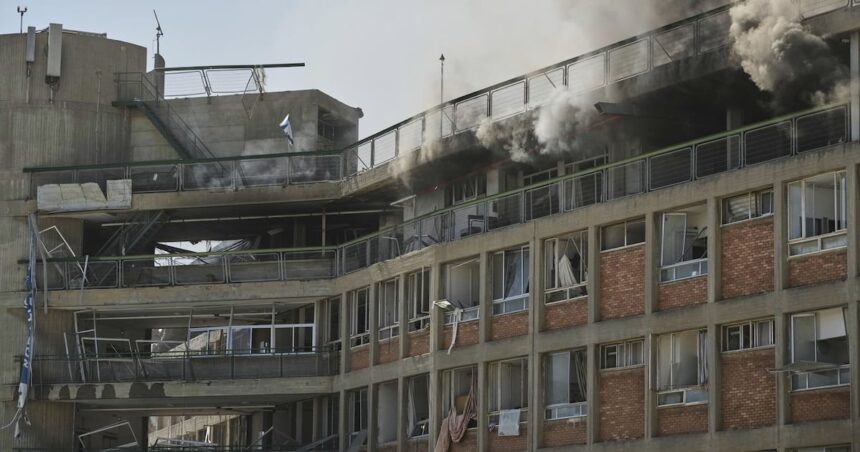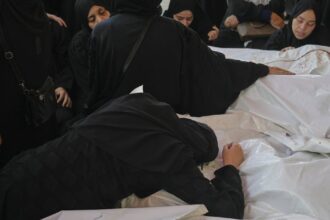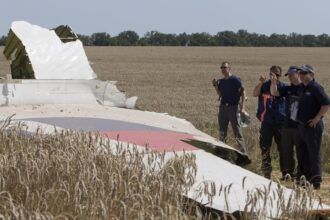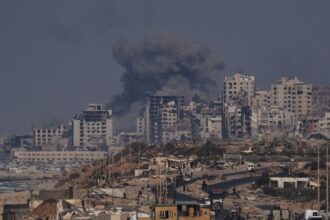In a dramatic escalation of Middle East hostilities, Iranian missiles struck an Israeli hospital and several residential neighborhoods late Wednesday night, leaving dozens wounded and causing widespread destruction. The barrage of over 200 ballistic missiles represents the most significant direct attack from Iran against Israel since the conflict intensified in early 2025.
The assault targeted multiple population centers across central Israel, with a medical facility in Tel Aviv suffering substantial damage when a missile impacted its eastern wing. Hospital officials report that 37 patients were evacuated during the attack, with emergency protocols activated minutes before impact after early warning systems detected the incoming projectiles.
“We had approximately three minutes to move critical patients to underground shelters,” said Dr. Eliana Berkowitz, chief of emergency services at the damaged hospital. “The missile struck an area that had been evacuated, but the structural damage is severe. Had we not received warning, the casualties would have been catastrophic.”
Israeli defense systems intercepted a majority of the incoming missiles, according to military officials, but several penetrated air defenses to strike residential areas in Tel Aviv, Haifa, and Jerusalem. The Israeli Defense Forces (IDF) confirmed at least 62 people were wounded, most suffering from shrapnel injuries and shock trauma.
Iranian state media immediately claimed responsibility for the attack, describing it as “a proportional response to continued Israeli aggression against regional allies.” Tehran’s foreign ministry issued a statement claiming the strike targeted military installations, though evidence on the ground contradicts these assertions.
International response has been swift and divided. The United Nations Security Council has called an emergency session for Thursday, while Canada’s Foreign Affairs Ministry issued a statement condemning the attack on civilian infrastructure and urging immediate de-escalation.
“This represents a dangerous new phase in a conflict that threatens to engulf the entire region,” noted Middle East analyst Sarah Feldman in an interview with CO24 News. “We’re seeing the rapid collapse of diplomatic channels that had previously helped contain these periodic flare-ups.”
Economic markets reacted sharply to the news, with oil prices surging over 8% in overnight trading amid fears that a wider regional conflict could disrupt major shipping routes. Financial analysts warn that prolonged instability could trigger broader market volatility, particularly impacting energy sectors and global supply chains.
The missile attack follows months of increasing proxy warfare throughout the region, with Iranian-backed groups in Lebanon, Syria, and Yemen launching smaller-scale operations against Israeli targets. However, this direct attack from Iranian territory marks a significant threshold crossing that military experts believe fundamentally alters the strategic landscape.
Israeli Prime Minister has vowed a “decisive response” to the attack, while defense officials have declined to specify what form retaliation might take. U.S. officials confirmed that additional naval assets are being deployed to the eastern Mediterranean in anticipation of further escalation.
As residents of affected areas begin clearing debris and authorities assess structural damage to critical infrastructure, the question that remains paramount is whether diplomatic intervention can prevent the conflict from spiraling into the full-scale regional war that many analysts have feared since tensions began mounting earlier this year.










